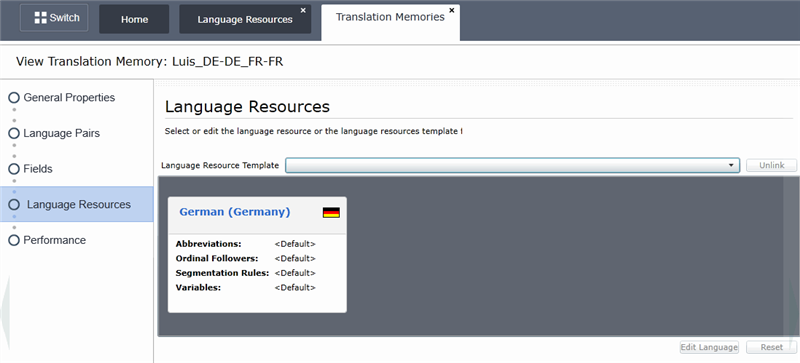I think that SDL really needs to rethink the philosophy underlying the use of Language Templates and TMs. The current system is just too counterintuitive and wastes too much time. every time I come across a new abbreviation that I would like to add to my segmentation rules, or all of a sudden realised that I want all of my TMs to segment on a soft return, I have to go through hours of work and a ridiculous amount of thinking, just to make this possible. Segmentation rules should be unlinked from individual TMs! The current system just doesn't work. I think that in reality most average users will just completely give up on adding anything to or modifying their segmentation rules as it is just too complicated.
Paul, I know that you said that changing this would involve a lot of deep level changes, but I highly recommend your team look into exactly how difficult it would be to achieve because the current system is pretty terrible.
For example, I just realised that SDL is not segmenting on soft returns. Using a very helpful blog post by Nora Diaz (http://noradiaz.blogspot.com.es/2014/01/adding-soft-return-segmentation-rule-to.html), I then managed to add this functionality to a single TM using a regular expression. Yes, I managed to add 8 to my current project TM. I can no longer even remember how to add it to a Language Resource, so I could use it the next time I create a new TM, so I have to google this once again. Not to mention my 25 other TMs, some of which are very large: how in god's name am I supposed to quickly add this to all these TMs? The simple answer is that I simply can't, and so only this one TM will end up segmenting on soft returns, and the next time it pops up in another project (which I'm sure it will) it will annoy me and remind me to write another post here similar to this one ;-)
So PLEASE, consider disconnecting segmentation rules and TMs making the system more intuitive and logical!
Michael

 Translate
Translate
